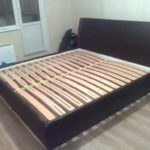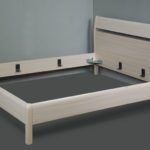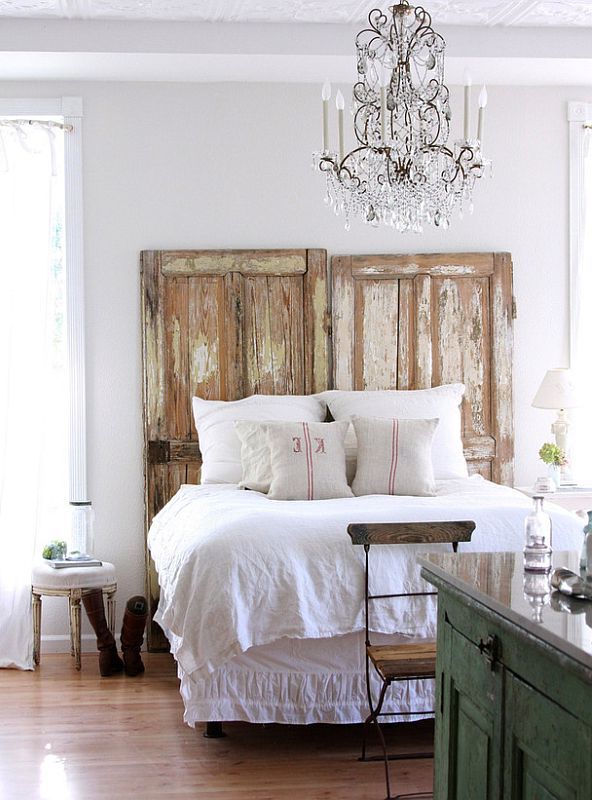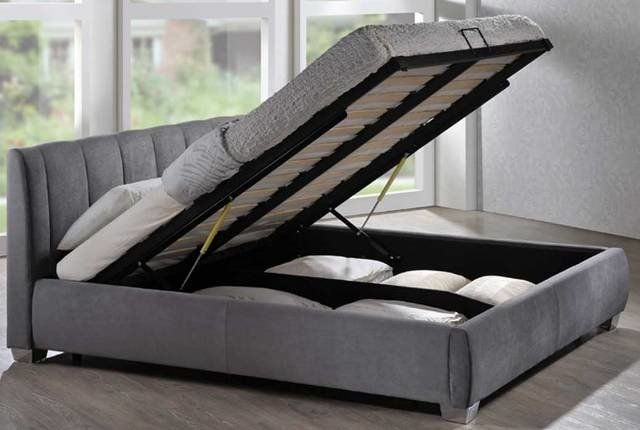The bed is creaking, what to do?
A bed made of chipboard or wood can begin to creak almost immediately after purchase, which causes a lot of inconvenience. How to solve a problem? Creaking, as a physical phenomenon, is the friction of two parts against each other. The parts are either too loose or too tight relative to each other. This is due to the fact that wood shrinks over time, losing moisture. The details become slightly, but smaller in size. As the bed ages, more and more parts become excessively mobile, plus long-term use takes its toll, loosening the parts. Therefore, the older the furniture, the more it can creak.
So, first of all you need to find the source of the sound.
The content of the article
Determining the source of the squeak, how to identify it
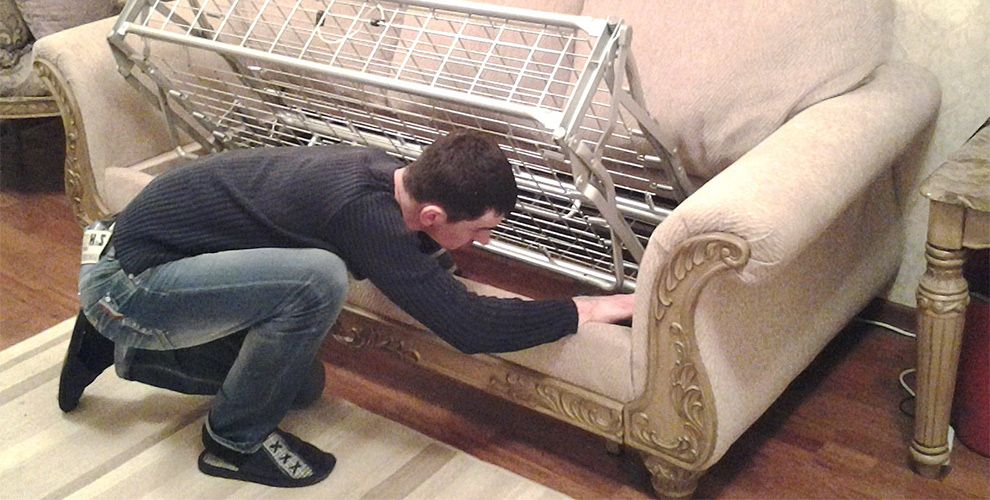
It is better to find the reason together: the partner lies down on the bed, turns over, and uses the piece of furniture for its intended purpose. The second person listens carefully. Places that may be sources of squeaking:
- Wooden base.
- The point of contact between the frame and the mattress.
- Places for attaching legs and frame.
- Any corner fastenings.
Finally, the legs and the mattress itself (if it is spring) may creak when they touch the floor.
What to do when this or that part creaks
The following tools will be required, depending on the type of fastening: an adjustable wrench, an open-end wrench (for bolts), a screwdriver (for screws).
If the source cannot be determined by ear, they begin by checking the connections - carefully tightening them. You can first spray them with WD-40 technical spray. This is a universal lubricant that reduces friction of parts. If it doesn’t help, move on to other reasons.
Base and slats
Remove the mattress, lie on the slatted base and move around. If there is no sound, then the planks are in perfect order.
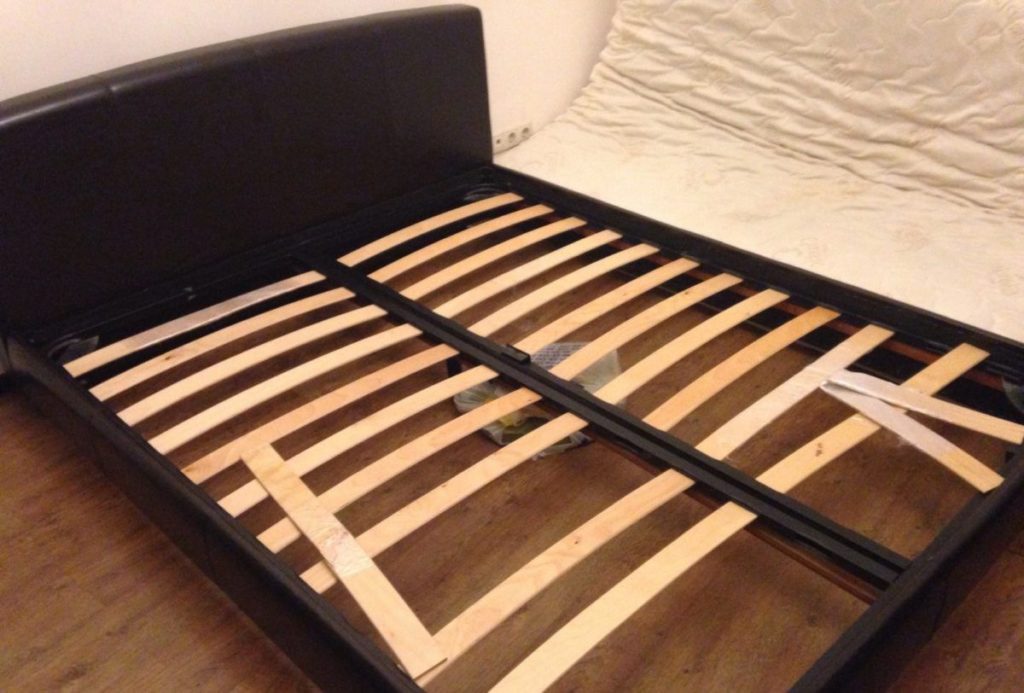
If the bed has increased orthopedic properties and is equipped with bent slats and lamellas, then there are the following options for resolving the issue:
- First of all, check the grooves in which they are secured. They may not be installed correctly.
- If this is not the case, the base underneath may creak - in this case, the joints are glued.
- Coating the slat mounting areas with paraffin or wax may help.
- You can lay unnecessary sheets or fabric along the slats, trying to wrap each slate. A mattress is placed on top.
- If you manage to find a specific creaking lamella, try swapping it with another - this does not always help, but the desired result, the absence of squeaking, can be achieved.
- If all else fails, then the lamella is already worn out, and cracks invisible to the eye have appeared on its surface. Such an element should be replaced with a new one.
- Craftsmen find more interesting ways, using cork, pieces of unnecessary tires, cling film, and felt. The point is the same - between the parts that are the source of the squeak, lay friction-absorbing material.
Frame
Creaking frame parts can be covered with thick film. If the material itself is already worn out, the parts are replaced.
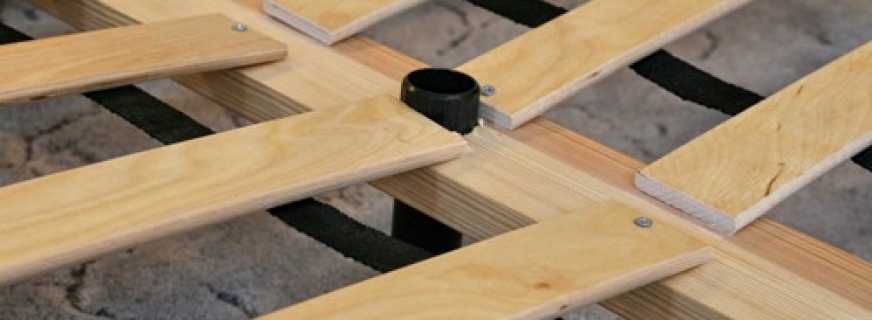
In particularly difficult cases, when it was not possible to find the specific cause of the squeak, the bed will have to be disassembled.All rubbing parts are carefully inspected, those with cut threads, scratches or other damage are replaced. If there are loose holes, they are repaired using wooden chucks (dowels) or glue. The dowel is impregnated with glue, inserted into the desired hole, wait until it dries well, then the protruding parts are filed down and a new hole is drilled. Then the parts rubbing against each other are processed. They are lubricated with any suitable lubricant, preferably dense in consistency (paraffin, ski wax, graphite lubricant, laundry soap) because liquid ones will be completely absorbed after 1-2 years and the creaking will appear again. Silicone lubricants are very good. If you never plan to disassemble the bed again, you can use rubber glue.
Mattress
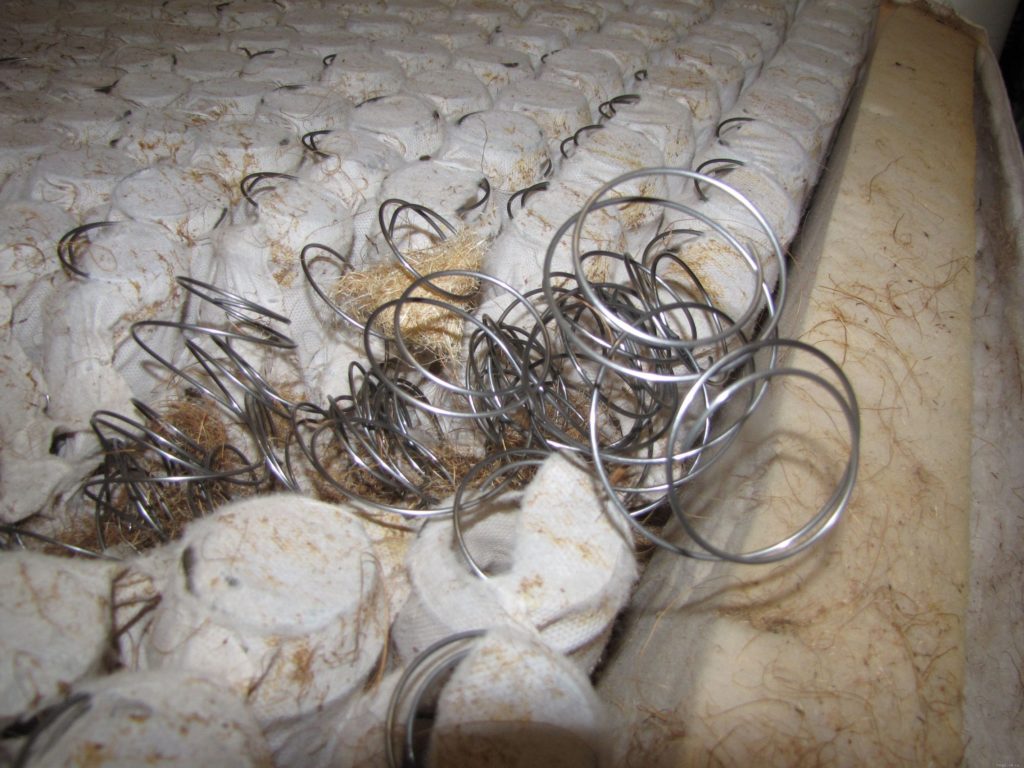
It’s easy to check the squeak of a mattress - remove it from the bed, put it on the floor and try it out. If the mattress begins to creak, then nothing can be done about it - you should buy a new one. Turning the mattress over or moving it to another position may help, however, it will not solve this problem radically and for a long time. Only the parts that make up its base can creak in a mattress (springs - for spring mattresses; in the case of polymer mattresses, the integrity of the bubbles may be compromised). As a last resort and if possible, you can change the base of the mattress, leaving the cover.
Prevention
Sometimes it only appears that the bed is creaking. But the root cause may be an uneven floor, old boards, or even wall material. The cause is identified by moving the bed to another place.
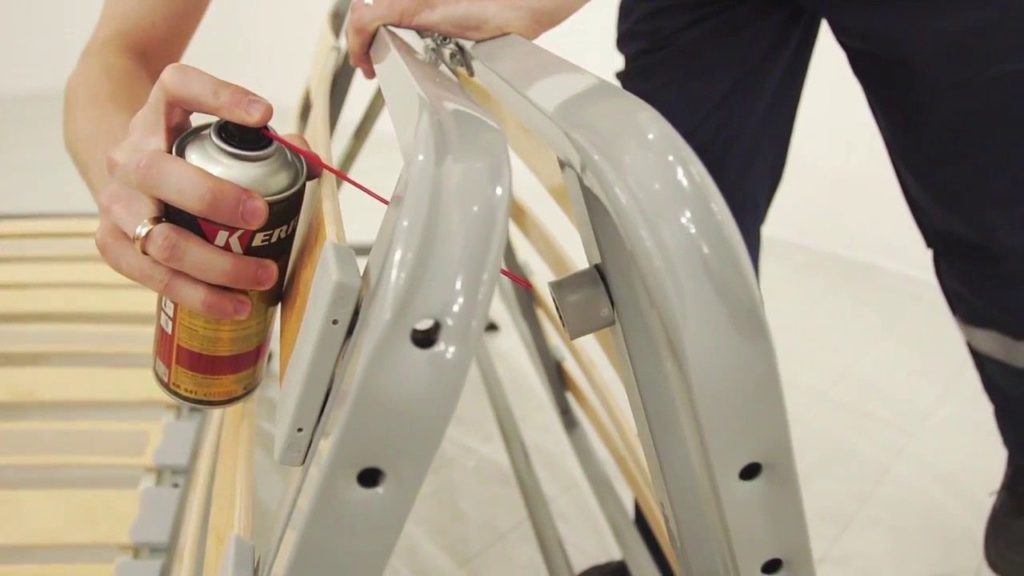
When making a bed with your own hands, you can take the necessary measures in advance: place a construction bandage under the iron corners, glue the parts with rubber-based glue, organize ventilation around the perimeter of the frame to protect the parts from exposure to moisture.
Preventative measures when purchasing:
- Thoroughly “test” the bed or mattress before purchasing. Don't be shy. Turn over on the bed and mattress properly. You can even bounce slightly while sitting on your chosen bed. A quality product is designed for such loads.
- When purchasing a spring mattress, you should choose one that has insulation for each spring. Or opt for an option without springs at all (mattresses made of foam polymer) - they creak much less often.
Otherwise, it is better to solve the problem as it arises. If a squeak is noticed immediately after purchase, nothing prevents you from seeking repair services under warranty.

